The world is standing at the crossroads of food security and environmental sustainability, where traditional agriculture struggles to meet the demands of a growing population while minimizing its ecological footprint. In this critical juncture, an unlikely hero emerges from the depths of wastewater ponds – microalgae. These microscopic photosynthetic organisms are quietly revolutionizing our approach to protein production, turning environmental liabilities into nutritional goldmines.
Across research laboratories and pilot facilities globally, scientists are perfecting the art of cultivating protein-rich microalgae in wastewater streams. This unconventional marriage of bioremediation and food production could hold the key to solving multiple pressing challenges simultaneously. Microalgae thrive in nutrient-rich wastewater, absorbing nitrogen, phosphorus, and other contaminants while multiplying rapidly under optimal conditions. The result is a dual benefit: cleaned water and biomass packed with high-quality protein.
The nutritional profile of microalgae protein stands out in the crowded field of alternative proteins. Species like Chlorella and Spirulina contain all essential amino acids, with protein content ranging from 50-70% of their dry weight – surpassing traditional soy protein concentrates. What makes this particularly remarkable is that this superfood grows in media that would otherwise require expensive treatment, transforming pollution into premium nutrition through natural biological processes.
Industrial-scale microalgae cultivation in wastewater represents a paradigm shift in protein production economics. Traditional agriculture requires vast tracts of arable land, freshwater resources, and synthetic fertilizers. In contrast, wastewater-grown microalgae systems utilize vertical space efficiently, recycle nutrients that would otherwise become pollutants, and can operate on non-arable land. Early adopters report production yields per acre that dwarf conventional crops, with some estimates suggesting microalgae can produce up to 20 times more protein than soybeans on the same land area.
The environmental calculus of this approach is equally compelling. Wastewater treatment plants typically expend significant energy to remove nutrients that microalgae eagerly consume. By integrating algae cultivation into water treatment infrastructure, municipalities can offset treatment costs while creating valuable biomass. Life cycle analyses indicate such systems could reduce the carbon footprint of protein production by over 50% compared to animal sources, while simultaneously addressing water pollution challenges.
Technological innovations are rapidly overcoming historical barriers to scaling microalgae production. Advanced photobioreactor designs optimize light penetration and gas exchange, while AI-driven monitoring systems maintain ideal growth conditions. Perhaps most crucially, breakthroughs in harvesting and processing have dramatically reduced energy inputs, with new techniques like membrane filtration and electrochemical flocculation showing particular promise for cost-effective biomass recovery.
The culinary potential of microalgae protein is finally receiving the attention it deserves. Early consumer products demonstrate remarkable versatility – from protein powders that blend seamlessly into smoothies to meat analogues with improved nutritional profiles. Food scientists have made strides in mitigating the strong flavors characteristic of some microalgae, expanding their appeal to mainstream palates. As processing techniques refine further, we're seeing algae-based ingredients that can mimic the texture and mouthfeel of animal proteins more convincingly than many plant-based alternatives.
Regulatory frameworks are evolving to support this emerging industry. Several countries have established standards for microalgae as novel foods, with particular attention to safety when grown in wastewater systems. Rigorous testing protocols ensure the final products meet all food safety requirements, addressing potential concerns about contaminants. This regulatory progress provides the certainty needed for larger investments in production infrastructure.
The socioeconomic implications of distributed microalgae production could be profound. Unlike traditional agriculture that favors large-scale operations, algae cultivation systems can be implemented at various scales – from urban wastewater facilities to rural communities. This decentralization potential offers opportunities for local protein production, reducing reliance on long supply chains and creating new green jobs in water treatment and food production sectors.
Looking ahead, the integration of microalgae cultivation with other waste streams presents exciting possibilities. Researchers are exploring synergies with carbon capture from industrial emissions, using CO2 to boost algae growth rates. Some forward-thinking projects combine algae systems with agricultural runoff or food processing wastewater, creating circular economies where waste from one process becomes feedstock for another. These integrated approaches could redefine how we view and value industrial byproducts.
While challenges remain in scaling production and achieving price parity with conventional proteins, the trajectory is clear. Wastewater-grown microalgae represent more than just another alternative protein source – they embody a fundamental rethinking of our resource flows. As climate change intensifies pressure on traditional agriculture and water resources grow increasingly scarce, this innovative approach offers a sustainable path forward. The humble microalgae, thriving in what we discard, may well become a cornerstone of 21st-century food systems.
The coming decade will likely witness accelerated adoption as production scales and costs decline. With major food companies already investing in microalgae startups and governments recognizing their potential for sustainable development, these microscopic organisms are poised to make a macroscopic impact. From cleaning our water to nourishing our bodies, the microalgae protein revolution demonstrates that sometimes, the most powerful solutions emerge when we work with nature rather than against it.

By /Aug 14, 2025
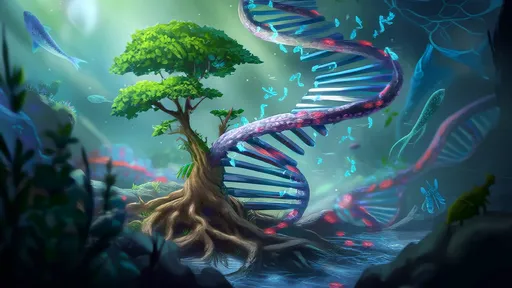
By /Aug 14, 2025

By /Aug 14, 2025
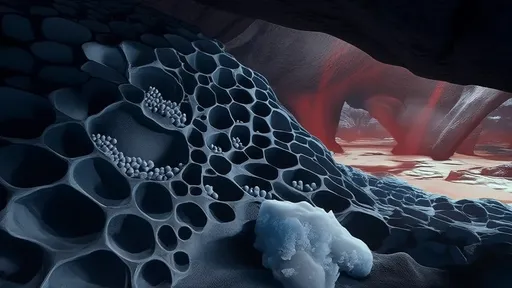
By /Aug 14, 2025
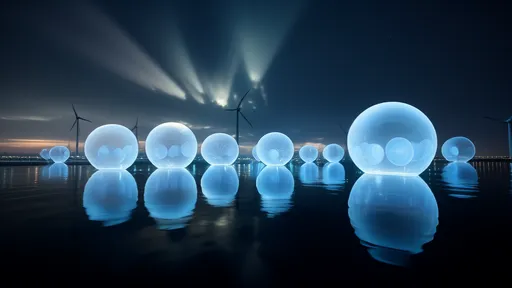
By /Aug 14, 2025
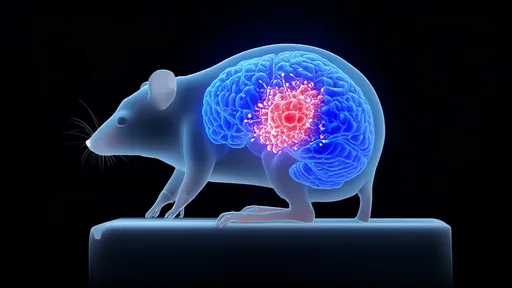
By /Aug 14, 2025
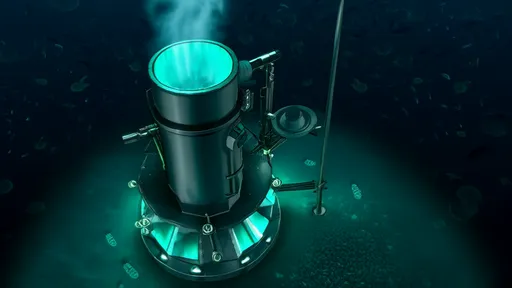
By /Aug 14, 2025
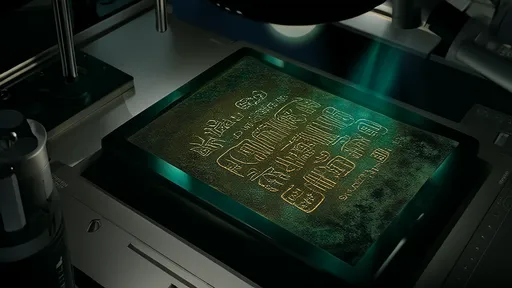
By /Aug 14, 2025
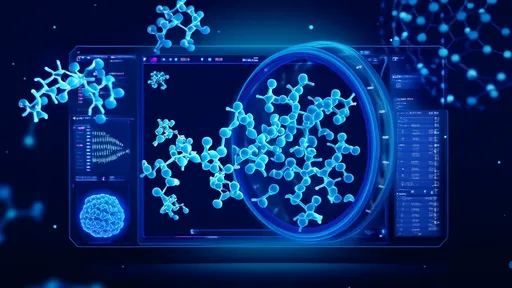
By /Aug 14, 2025
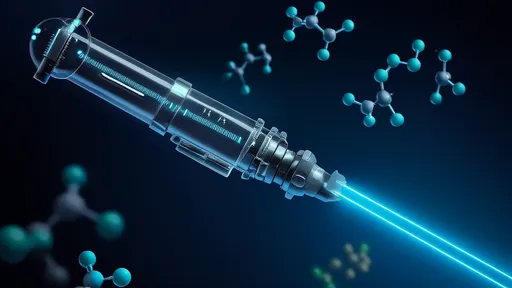
By /Aug 14, 2025
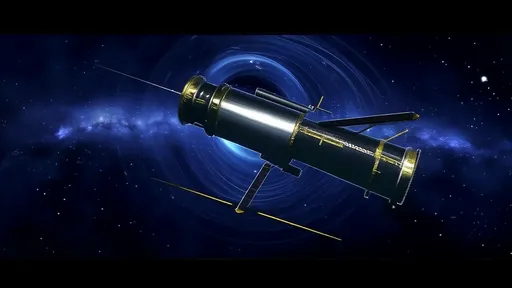
By /Aug 14, 2025
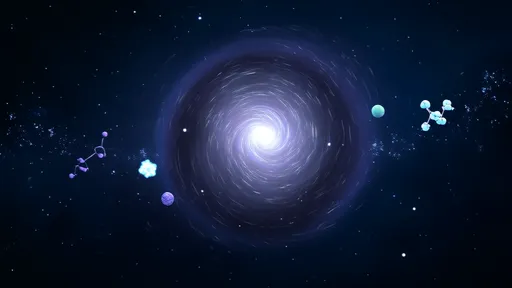
By /Aug 14, 2025
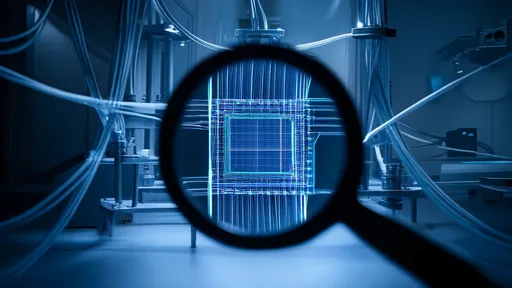
By /Aug 14, 2025

By /Aug 14, 2025
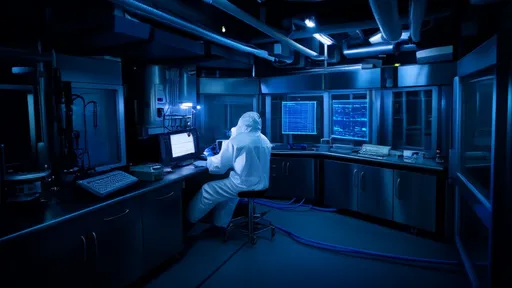
By /Aug 14, 2025
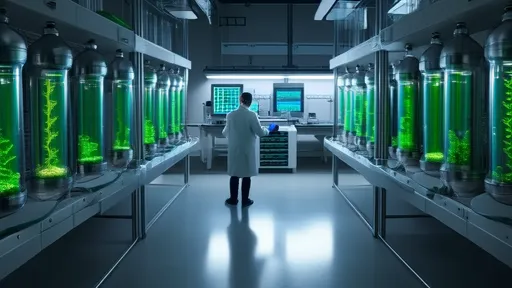
By /Aug 14, 2025
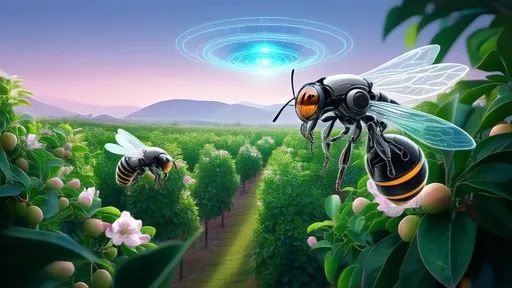
By /Aug 14, 2025
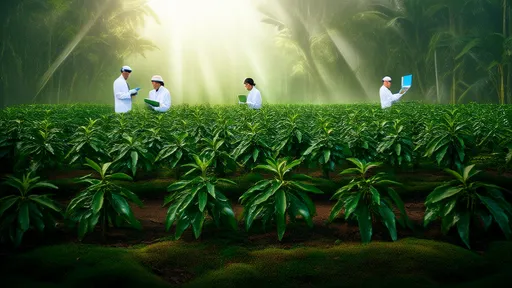
By /Aug 14, 2025
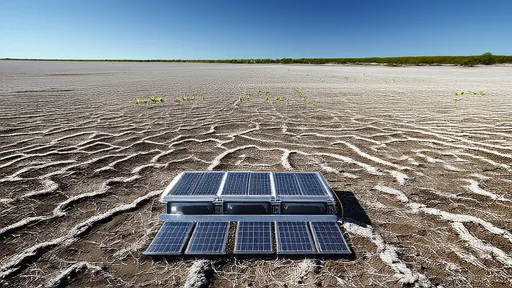
By /Aug 14, 2025
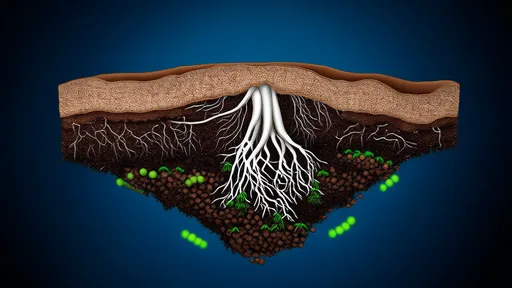
By /Aug 14, 2025